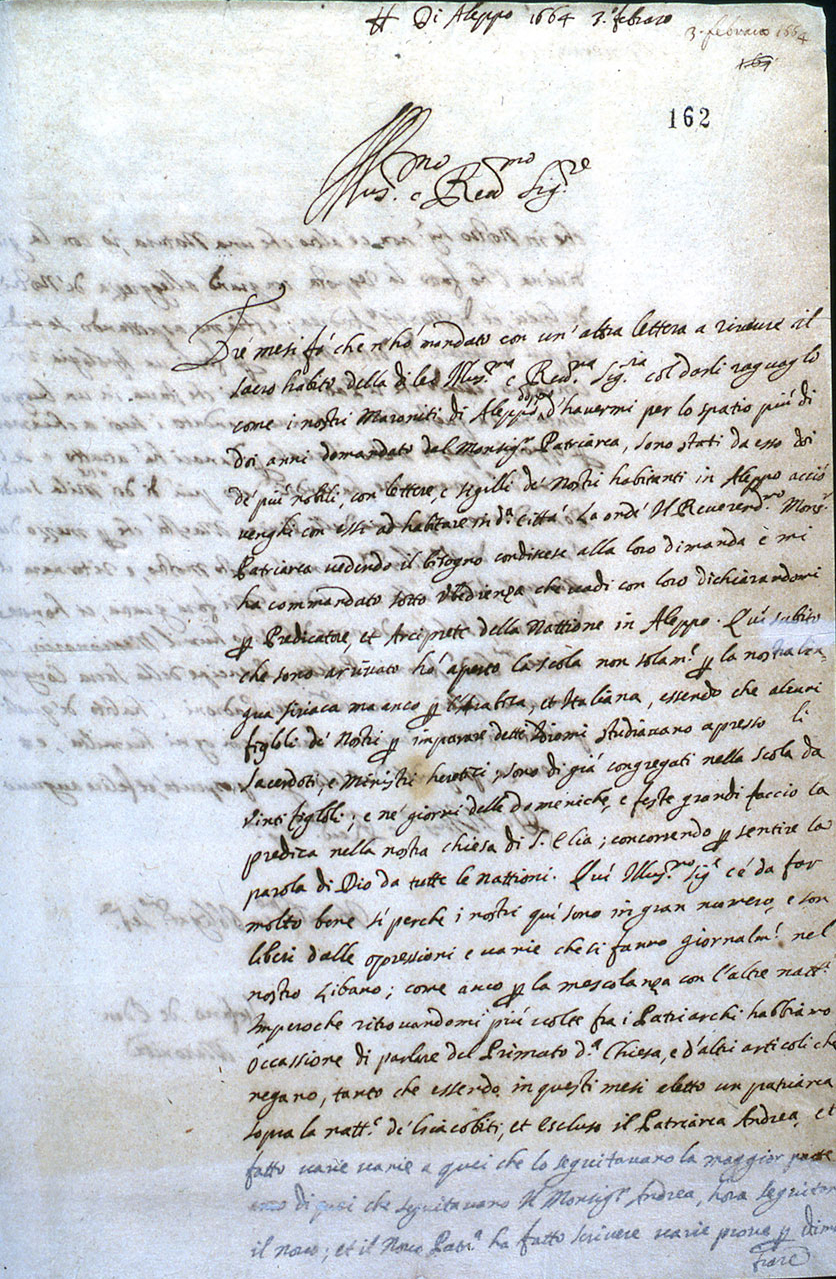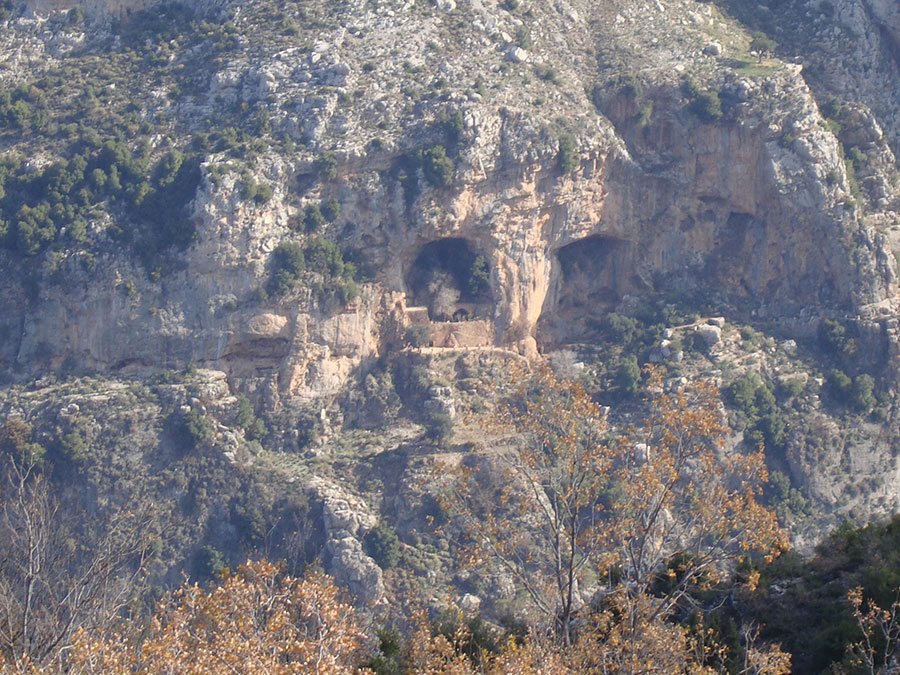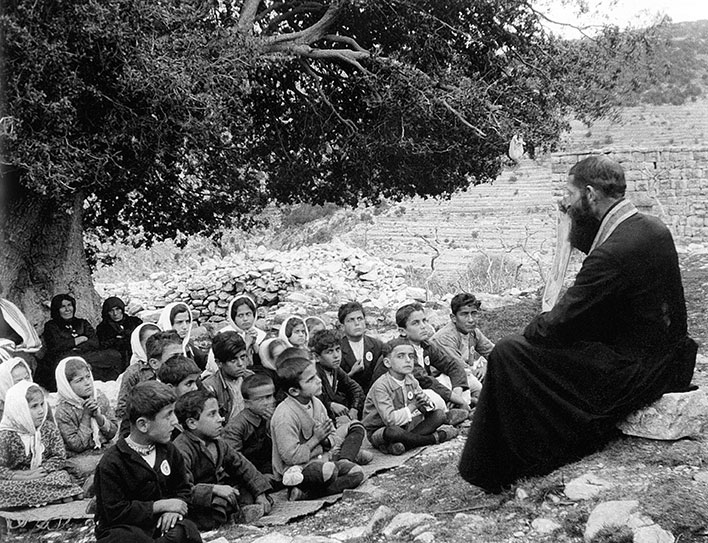How Maronite College Alumni Shaped Education and Culture in the Levant
The Maronite College of Rome was initially established to train secular priests and leaders according to the principles of the Tridentine Counter-Reformation (Daccache, 2022). Beyond this foundational aim, its alumni were expected, upon completing their education, to return to their homelands and disseminate knowledge, encompassing both church teachings and general education (Girard & Pizzorusso, 2017).
During that historical period, education was conducted in rudimentary informal "schools" where religion and literacy were taught at monasteries and churches. Blessed Patriarch
Estephan al-Douaihy, for instance, was born in 1630 and attended a village school before leaving to study at the Maronite College in Rome at the age of 11 in 1641 (Frangie, 2024). Local priests and monks often schooled their communities in meadows, under trees, or inside churches (Hachem, 2020). As Gokçe & Oğuz (2010) posit, "The state did not consider education to be a public service and it never controlled the followers of different religions and creeds regarding education." Thus, the Ottomans did not interfere in the educational systems of minorities, including the Maronites.
This margin of freedom allowed these groups to establish and manage their own educational institutions (Gokçe & Oğuz, 2010). It was not until the
Tanẓīmāt reforms of 1839 that the state developed public education, aiming to reorganize the Empire according to the modern standards of the time. Consequently, Ottoman public schools were first established in Istanbul in 1875 and then expanded to other parts of the Empire, beginning with the Levant in 1904 (Khuluq, 2005). Given this context, spreading schools and democratizing learning became part of the aspirations of the Maronite Church, the Holy See, and the alumni of the Maronite College. Upon their return to the Levant, the alumni founded schools in cities such as
Ehden, Zgharta, Jeita, Tripoli, Sidon, and Tyre in Lebanon;
Aleppo in Syria;
Dumyat in Egypt; and
Metochi/Agia Marina in Cyprus. This educational expansion marked a significant contribution to the intellectual and cultural life of these regions.

Fig. 12.1 :Estephan al-Douaihy opening a school in Aleppo (1664)
The first ‘formal school’ that alumni opened in Lebanon was the
Hawqa College in the Qannoubine Valley, founded in 1624. It functioned as the first formal Maronite seminary, offering instruction in subjects such as liturgy, theology, Arabic, Syriac, Latin, Greek, Ottoman, Hebrew, Italian, logic, and mathematics (Younes, 2011). Estephan al-Douaihy, an alumnus of the College who later became Bishop of Aleppo and Patriarch of the Maronite Church, founded a free school at the Monastery of Mar Yaacoub in Ehden between 1656-1668, where forty students were enrolled. He taught them the Syriac language, Christian doctrine, and ethics. Later, he established a school in Aleppo named "Kuttāb Ḥalab" or "Scribes of Aleppo" in 1666 (Frangie, 2024).
Another notable alumnus,
Petrus Benedictus (Buṭrus Mubārak), a revered scholar known for his extensive knowledge, established the ‘
Aintoura clerical school in 1724, creating a pivotal educational hub for the community. He generously allocated his accumulated resources acquired abroad to support and develop this institution (Gemayel, 1984). These schools benefitted from the availability of printed texts composed by the alumni or others in Rome and elsewhere, providing educational resources for the Maronite clergy and laypeople and enhancing their theological training and literacy (Rietbergen, 2006).

Fig. 12.2: Hermitage of Hawqa (1624)
Similarly, Patriarch
Youssef Estephan (1766–1793), another alumnus of the Maronite College, founded the ʿ
Ayn Warqa School in 1789. Originally a monastery for the Estephan family, ʿAyn Warqa was transformed into a general clerical school for the Maronite community. It assumed the role previously held by the Maronite College in Rome, which had been occupied by Napoleon's forces at the time (Gemayel, 1984). As Harris (2012) noted, this institution was “a miniature college established in the Kisrawan in 1789, teaching literature, philosophy, and foreign languages as well as basics.” Often referred to as the "Sorbonne of the East," it offered instruction in Syriac, Arabic, Italian, and Latin, alongside philosophical, natural, and theological sciences. The curriculum was structured into three levels: primary, secondary, and higher education, and the school became a significant educational center, producing numerous patriarchs, bishops, monks, priests, and laypeople (Khalīl, 2020). Between 1789 and 1818, ʿAyn Warqa graduated fifty alumni, creating a new generation with intellectual and linguistic resources that would later play a significant role in the life of the community (Harris, 2012).
Following the permanent period of capitulatory agreements with France in 1740, which defined the legal status of foreigners in the Ottoman Empire, there was an increase in the activities of Roman Catholic missionaries, including the Franciscans, Jesuits, and Lazarists (Poyraz, 2021). These missionaries intensified their establishment of schools in various parts of the Ottoman East. Alongside local schools, they played a crucial role in promoting literacy and educating generations of commoners.

Fig. 12.3: A parochial school under the oak tree (no date)
The influx of missionary-run institutions created a diverse educational landscape, where students received instruction not only in religious studies but also in secular subjects. These schools offered an alternative to traditional Islamic madrasas for the Muslim and Christian bourgeoisie, introducing curricula that included modern sciences, foreign languages, and Western pedagogical methods. As a result, the educational efforts of the missionaries contributed to shaping a new educated elite that would later play key roles in social, cultural, and political developments across the region. More interestingly, it afforded “prime opportunities for religious mixing” (Sharkey, 2017).
Photo Credits
Fig. 12.1: Vatican Archives. (1664, February 3). Estephan al-Douaihy report to Propaganda Fide (SOCG, vol. 235, f. 162r).
Fig. 12.2: Hermitage of Hawqa where the College Seminary was established in 1624. Photo taken in 2011. USEK Library Archives.
Fig. 12.3: Nordiguian, L. (Ed.). (2015). Les “petites écoles” du Mont-Liban. Joseph Delore, s.j. (1873-1944) (2nd ed.). Presses de l’Université Saint-Joseph. (Original work published 2003).
References
- Daccache, S. (2022, May 28). Réalités et défis de l’Éducation au Liban [Lecture]. Évêché maronite Antélias, Église Saint-Maron Bauchrieh. https://usj.edu.lb/photos/pdf/discour_pdf1_3648.pdf
- Frangie, E. M. (2024). A beacon of knowledge and holiness: Biography of Blessed Patriarch Estephan al-Douaihy Al-Ehdeni. Kareh Printing Press. Zgharta, Lebanon.
- Gemayel, N. (1984). Les échanges culturels entre les Maronites et l'Europe, du Collège Maronite de Rome 1584 au Collège de 'Ayn-Warqa 1789 (Vols. 1-2). Liban.
- Girard, A., & Pizzorusso, G. (2017). The Maronite College in early modern Rome: Between the Ottoman Empire and the Republic of Letters. In L. Chambers & T. O’Connor (Eds.), College communities abroad: Education, migration and Catholicism in early modern Europe (pp. 175–197). Manchester University Press.
- Gokçe, F., & Oğuz, N. (2010). Minority and foreign schools on the Ottoman education system. E-International Journal of Educational Research (E-Uluslararası Eğitim Araştırmaları Dergisi), 1(1), 42-57. https://bit.ly/3qRaQ7w
- Hachem, T. (2020, September 29). Address for the USEK Carlos Ghosn Initiative. Holy Spirit University-Kaslik, Lebanon.
- Harris, W. (2012). Lebanon: A history, 600-2011. Oxford University Press.
- Khalīl, R. (2020). Malāmiḥ min al-ḥayāh al-taʿlīmīyah fī Jabal Lubnān wa-baʿḍ manāṭiq al-wilāyah āwākhir al-qarn 19. Almanara Magazine. https://bit.ly/3EKcYX5
- Khuluq, L. (2005). Modernization of education in the late Ottoman Empire. Al-Jami'ah: Journal of Islamic Studies, 43(2), 481-508.
- Poyraz, G. (2021). Les missions catholiques au Liban et leur impact éducatif. In F. de Val (Ed.), Le Liban et l'éducation (p. 80). Paris: Éditions de la Sorbonne.
- Rietbergen, J. (2006). Maronite scholarship and education in the Ottoman Empire: The case of the Maronite College of Rome. In A. C. Van der Sluijs (Ed.), Education and power in the Ottoman Empire, 1840-1912 (pp. 25-36). Leiden: Brill.
- Sharkey, H. J. (2017). A history of Muslims, Christians, and Jews in the Middle East (pp. 243-300). Cambridge University Press. https://doi.org/10.1017/9781139028455.007
- Younes, M. (2011). The role of education in the evolution of the Maronite community in Lebanon: 1624-1860.